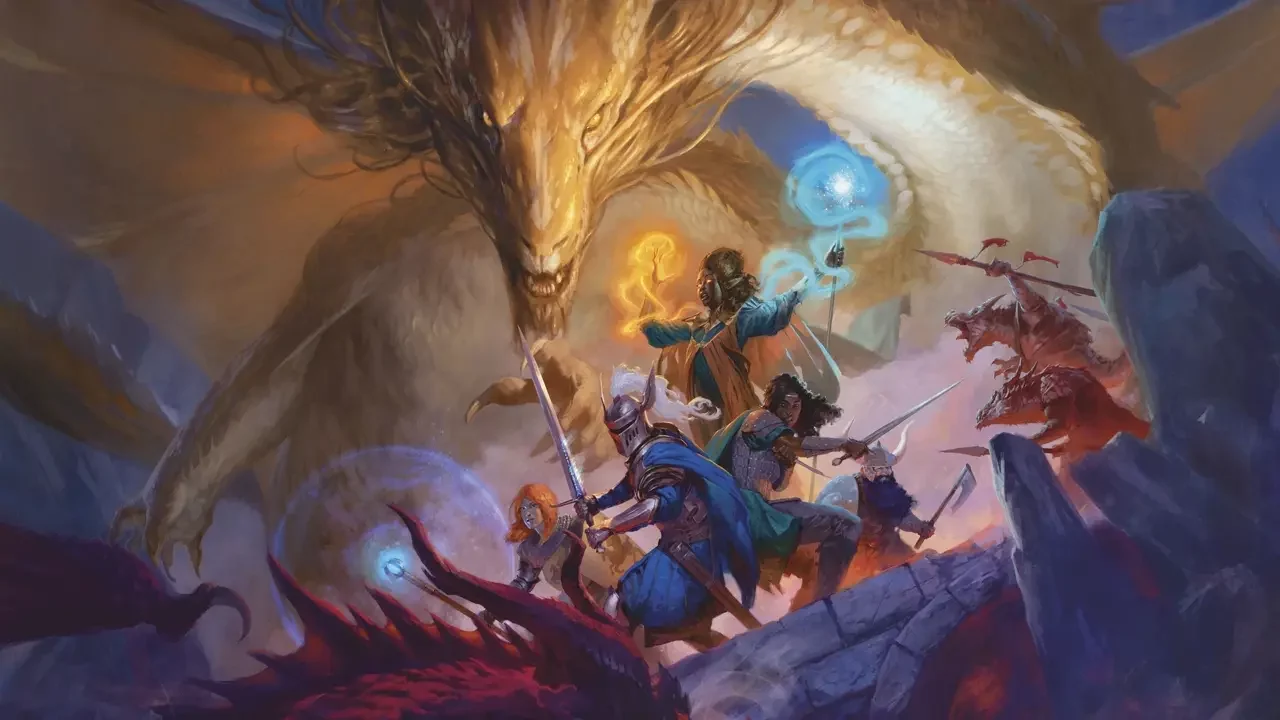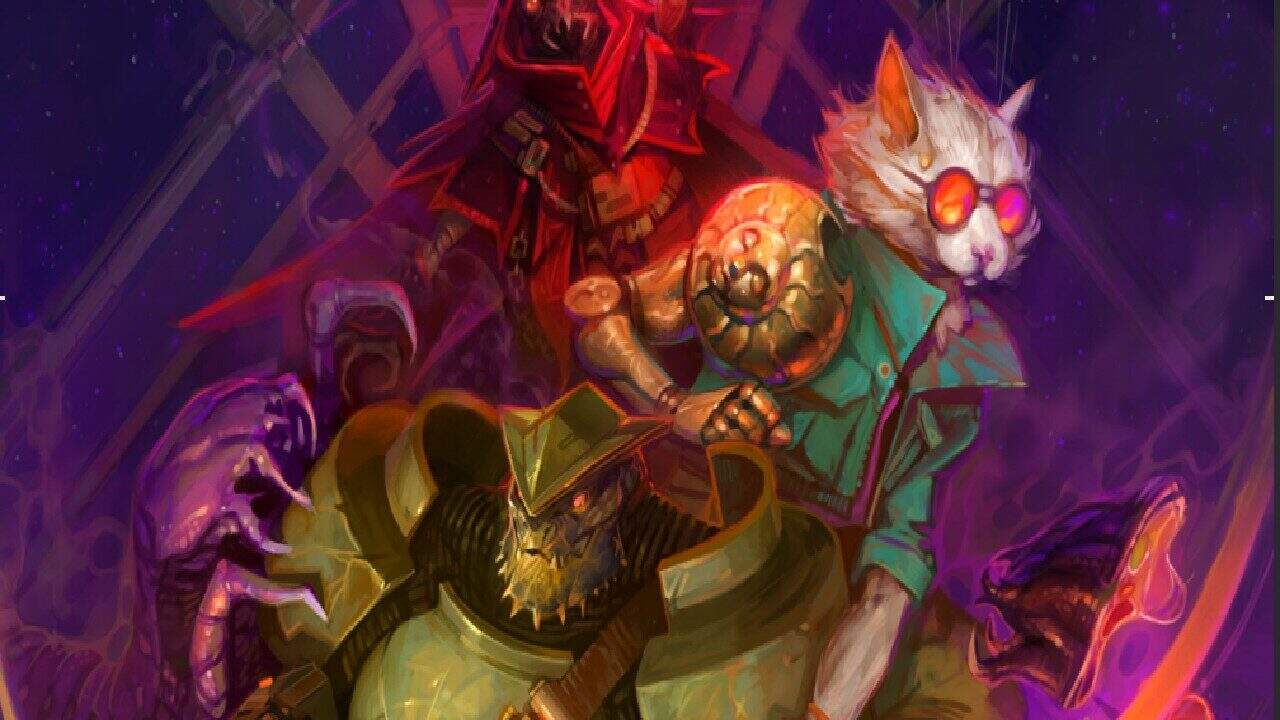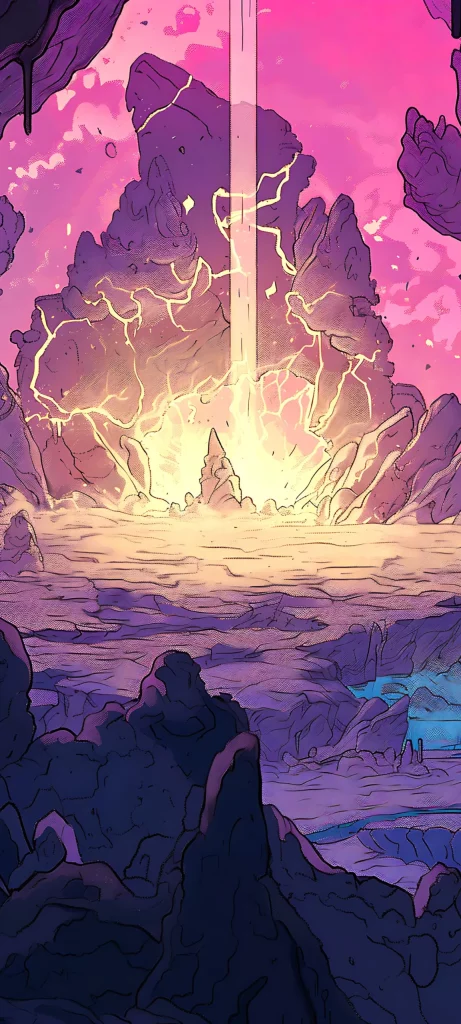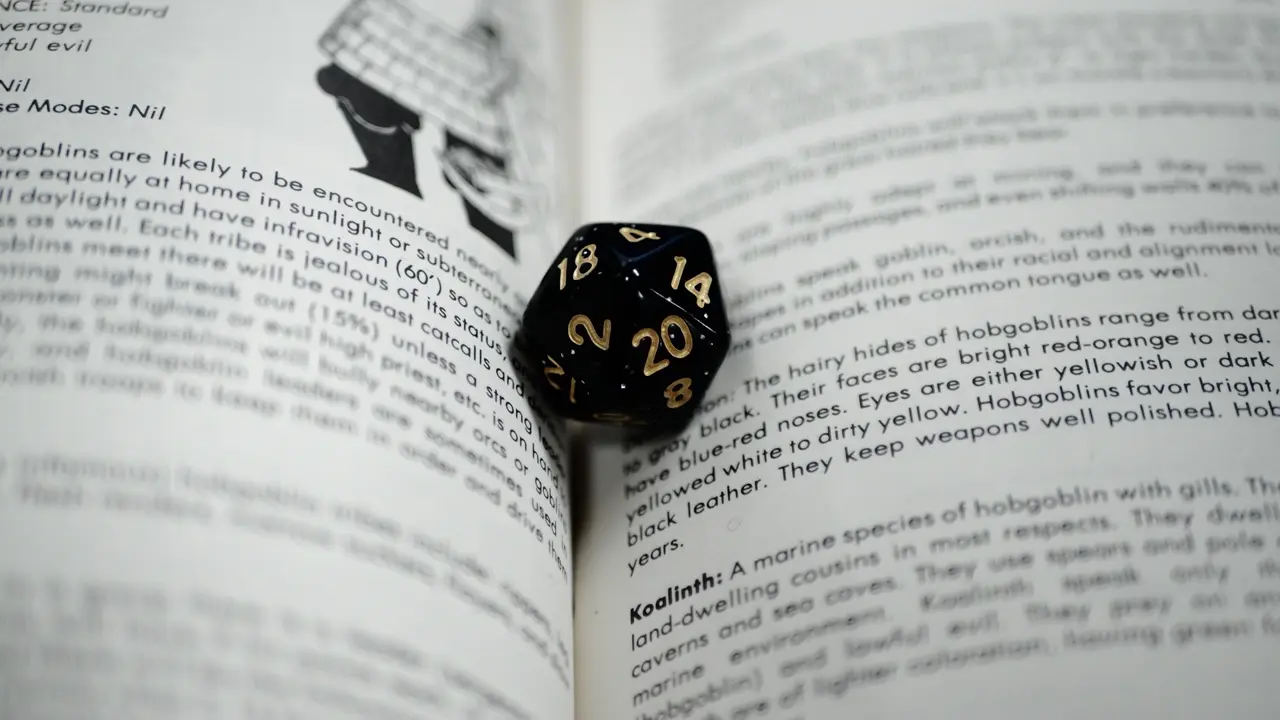
Ever stared at a blank page, wondering how to transform your amazing D&D campaign idea into a playable adventure? I've been there. After running campaigns for over a decade, I've learned that a campaign outline is the difference between a memorable adventure and a meandering mess.
Why You Need a Campaign Outline

Think of your campaign outline as a GPS for your storytelling journey. While improvisation is fantastic (and necessary), having a framework keeps your narrative focused and your players engaged.
Essential Elements of a D&D Campaign Outline
1. The Campaign Pitch
Start with a one-paragraph elevator pitch that captures your campaign's essence:
In a world where dragons have mysteriously vanished, their hoarded magic is leaking into common items, creating chaos. Players must uncover the truth behind the dragons' disappearance while dealing with power-hungry factions seeking to control this wild magic.
2. Campaign Scale and Structure
Before diving into details, establish your campaign's:
• Duration: Levels 1-5, 1-10, or 1-20.
• Setting Scope: Single city, region, or multiverse.
• Campaign style: Sandbox, linear, or hybrid.
• Theme: Political intrigue, horror, classic heroic fantasy.
Each of these elements deserves an entire article of its own and will be covered in future posts on our blog.
3. The Story Pillars
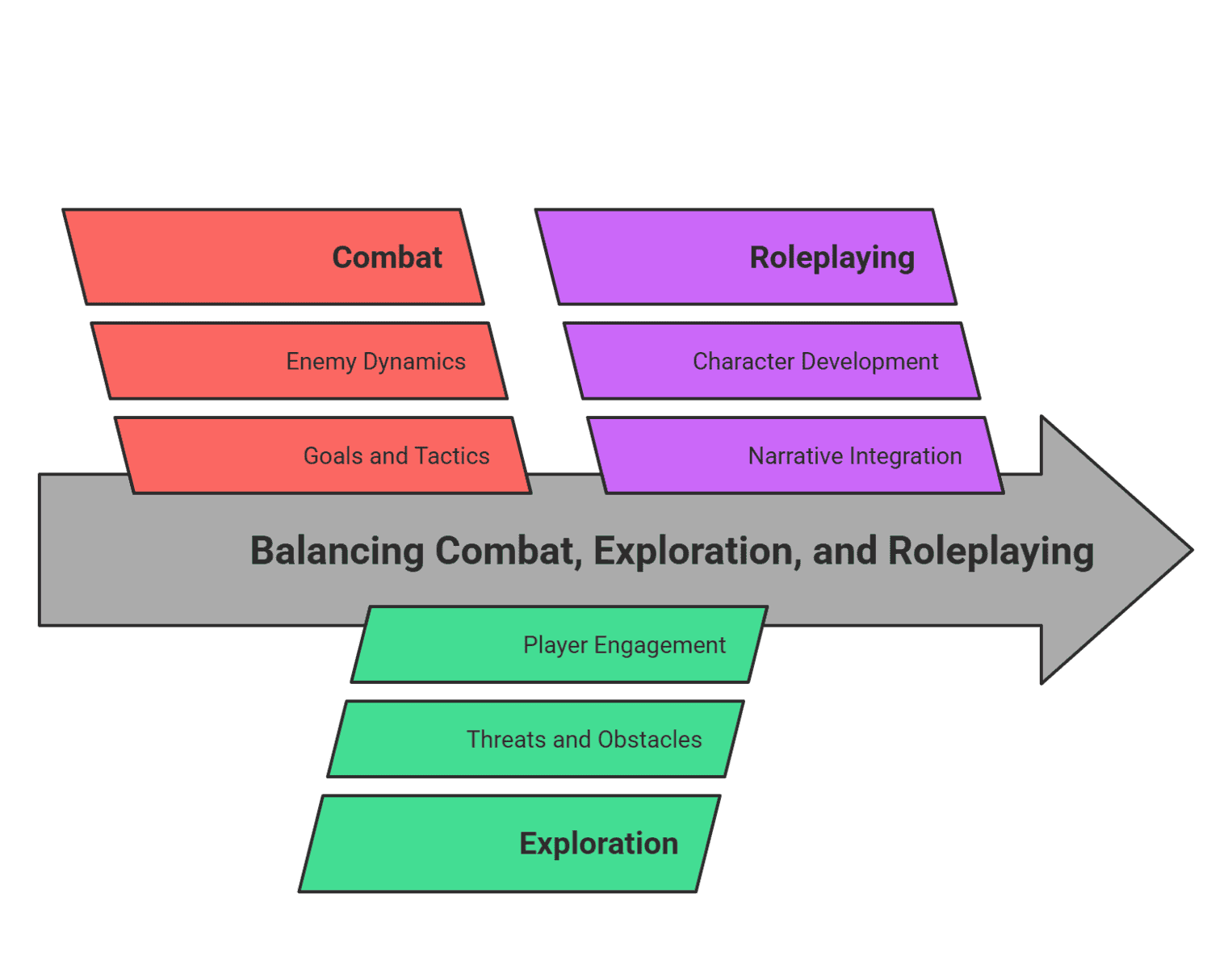
Create three major plot points that will serve as your campaign's backbone:
• Inciting Incident: The event that kicks off the adventure.
• Mid-Campaign Twist: A revelation that raises the stakes.
• Epic Conclusion: The final confrontation or resolution.
4. Location Bible
Document your key locations using this simple template:
Location Name
– Notable NPCs:
– Key Features:
– Potential Conflicts:
– Secrets/Hidden Elements:
– Adventure Hooks:
5. The NPC Gallery
Create a roster of important characters using this format:
NPC Name:
- Role in Story:
- Motivation:
- Secret:
- Voice/Mannerism:
- Player Connection:
For NPCs, locations, and basically all descriptions, we highly recommend using dScryb. They provide over 12,000 expertly crafted boxed texts, making them the only service of their kind. Their descriptions are written by professional writers with experience at Wizards of the Coast, Paizo, and other top publishers. You can try it free for a whole month with the code "Ghelfi." We wouldn’t endorse this tool if we didn’t genuinely believe in its value. Plus, they also offer the best audio tool for tabletop games, so you’re hitting two birds with one stone!
Here's an example:
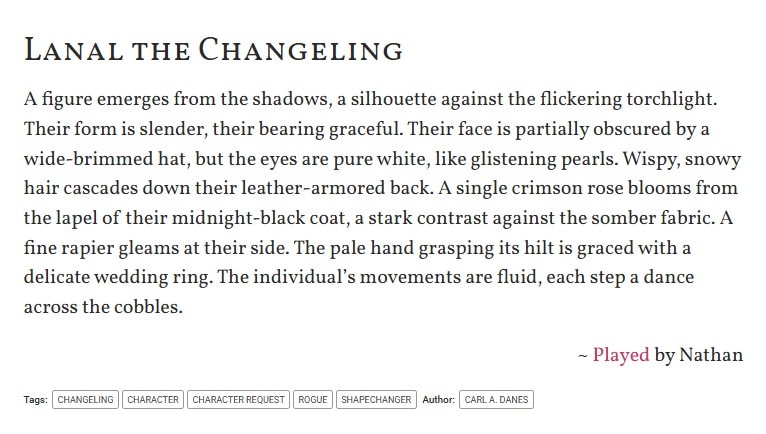
Additionally, you can read our post about making a good backstory, and another one to make sure there's no hole in it. Send it to your players as well.
Tools for Campaign Organization
When it comes to organizing your D&D campaign, your choice of digital tools can make the difference between a smoothly-run adventure and a chaotic mess of scattered notes. Let's break down the most popular options to help you make an informed decision.
World Anvil stands out as the most comprehensive worldbuilding platform, designed specifically for tabletop RPG creators. Its hierarchical wiki system, timeline tools, and interactive maps make it ideal for DMs running homebrew campaigns with extensive lore. However, the learning curve can be steep, and the monthly subscription cost ($9/month for premium features) might not suit every budget.
DnD Beyond excels at integrating official D&D content and character management. Its greatest strength lies in seamlessly connecting player character sheets with campaign information. The platform's limitation is its focus on official content – if you're running a heavily homebrewed campaign, you might find its tools restrictive. The subscription model ($6/month) primarily unlocks content sharing with players.
Notion has emerged as a favorite among tech-savvy DMs for its flexibility and clean interface, I personally use it a lot. Think of it as a blank canvas where you can create custom campaign dashboards, link related content, and organize information in databases. The free tier is generous, and its collaborative features make sharing campaign information with players effortless. The main drawback? You'll need to invest time in setting up your own templates and systems.
OneNote remains the simplest option, offering straightforward note-taking and organization. Its strength lies in its accessibility and minimal learning curve – perfect for DMs who want to focus on storytelling rather than tool management. While it lacks specialized RPG features, its free availability and cross-platform sync make it an attractive choice for beginners.
Tool
Best For
Cost
Notable Features
World Anvil
Worldbuilding
Free-$9/mo
Timeline tools, wiki creation
DnDBeyond
Official content
Free-$6/mo
Character integration
Notion
Custom organization
Free
Flexible templates
OneNote
Simple notes
Free
Easy accessibility
Session Outline Template
For individual sessions, use this streamlined structure:
1. Session Goals.
2. Opening Scene.
3. Potential Encounters (2-3).
4. Key NPCs.
5. Possible Plot Twists.
6. Session End Goals.
Tools for Campaign Organization
Over-planning: Leave Room for Player Agency
While preparation is key to a great campaign, over-planning can stifle creativity and limit player freedom. Allow flexibility in your outline to let players shape the story with their decisions. This keeps the game dynamic and ensures the players feel invested in the world.
Railroad Plotting: Create Situations, Not Scenes
Avoid rigid storytelling where players feel forced down a single path. Instead, focus on creating open-ended situations with multiple potential outcomes. This approach encourages players to think creatively and makes their choices feel meaningful.
Ignoring Character Backstories: Weave Them Into Your Main Plot
Your players’ characters come with rich backstories that can add depth to the campaign. Incorporate these narratives into the main plot to create personal stakes. A villain tied to a character’s past or a quest connected to a personal goal can make the story more engaging for everyone.
Information Overload: Keep Notes Concise and Actionable
As a DM, it’s tempting to document every detail of your world, but too much information can slow you down. Keep your notes clear and focused on what’s essential for each session. This helps you stay organized and makes it easier to adapt to player actions.
Conclusion
Remember, your campaign outline is a living document that will evolve with your players' choices. Start with these fundamentals, but don't be afraid to adapt as your story unfolds.

